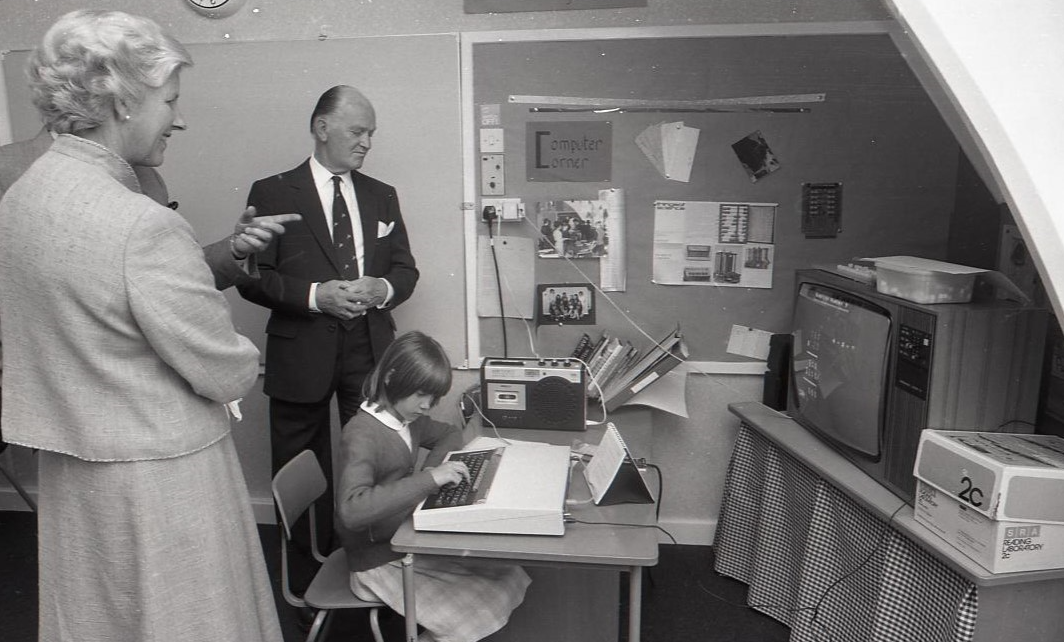The History of St Luke's School
The following information has been created by Jersey Heritage as part of their ‘What’s Your School’s Story?’
Please follow this link for more information:
For over 160 years, St Luke’s School has played a vital role in the life of the Georgetown area of St Helier. Though its official opening was recorded as 28 May 1861, records suggest an earlier, informal school was already operating.
The school’s early years were not without drama. The first headmaster and mistress were dismissed by the School Committee for failing to provide a satisfactory education. What began as a modest educational effort evolved into a vital institution for local children, surviving social change, epidemics, and the shifting tides of Jersey’s education system.
Amongst its alumni, St Luke’s proudly counts one of Jersey’s most prominent philanthropists. Born in 1867 in St Helier, Thomas Benjamin Frederick Davis, better known as T B Davis, attended the school having grown up in the Georgetown area with working class parents, before making his fortune.
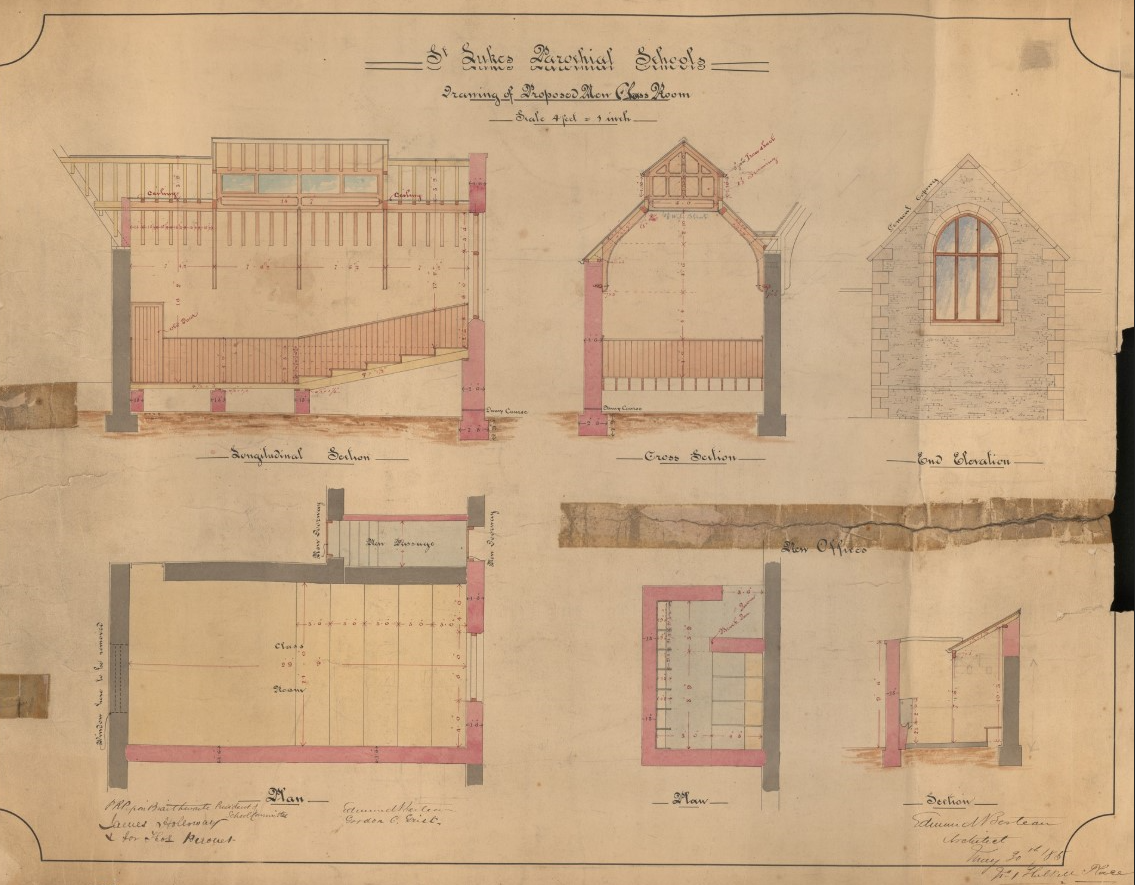
Early years
The earliest newspaper references to St Luke’s School date to the early 1860s, including an 1862 article about a prize ceremony that refers to the school having opened just a year earlier. That same article confirms that the existing informal school was reorganised after the School Committee deemed the original headmaster and mistress unfit to teach.
Mrs Le Boeuf was appointed to temporarily take over their duties, but her success with the students led to her remaining in post. By the end of 1862, the school had 160 students enroled. However, challenges soon followed.
The 1873 annual return highlighted poor behaviour amongst pupils, inadequate facilities, and the need for major improvements – issues like copying during exams, puddles in the playground, and faulty chimneys were all raised. Encouragingly, reports from the following year showed a significant turnaround, praising the headmistress and staff for strong exam results.
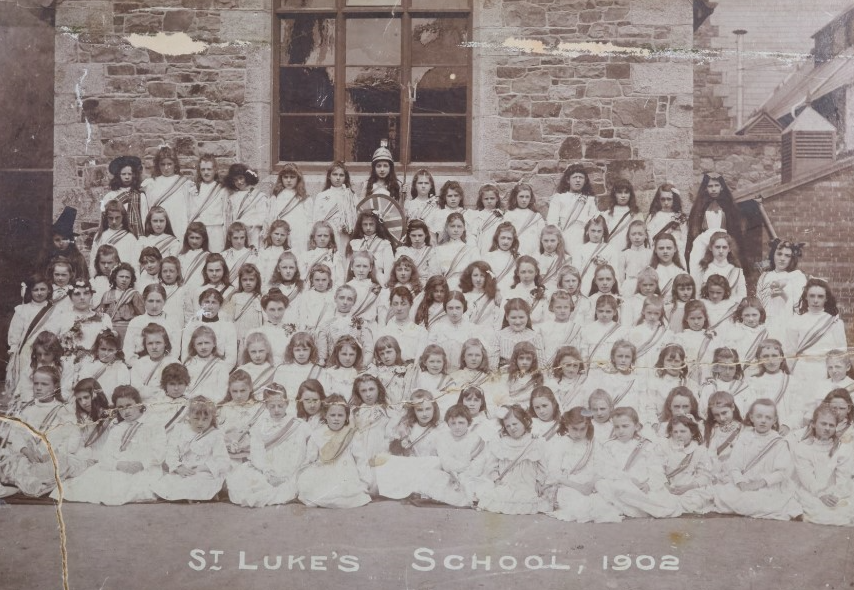
Early headmasters
Following a troubled period under headmaster Samuel William Porter, who was dismissed in 1882 for excessive corporal punishment and conflict with the church, the school saw more stable leadership under Walter Burt and then Thomas Stent.
Appointed in 1895, Mr Stent had previously taught at Rozel School. His early years at St Luke’s were marked by poor infrastructure – infants were taught in a former hat lobby and there was no proper lavatory for the girls. He also had to cope with the challenges of the new compulsory education laws, which brought in older pupils with little to no previous schooling.
Stent remained headmaster until 1930. In 1922, he was presented with a gold watch for his long service to both the school and St Luke’s Sunday School. Upon retirement, Stent received a commemorative book with photos and signatures from former staff and students; a testament to his long and impactful tenure.
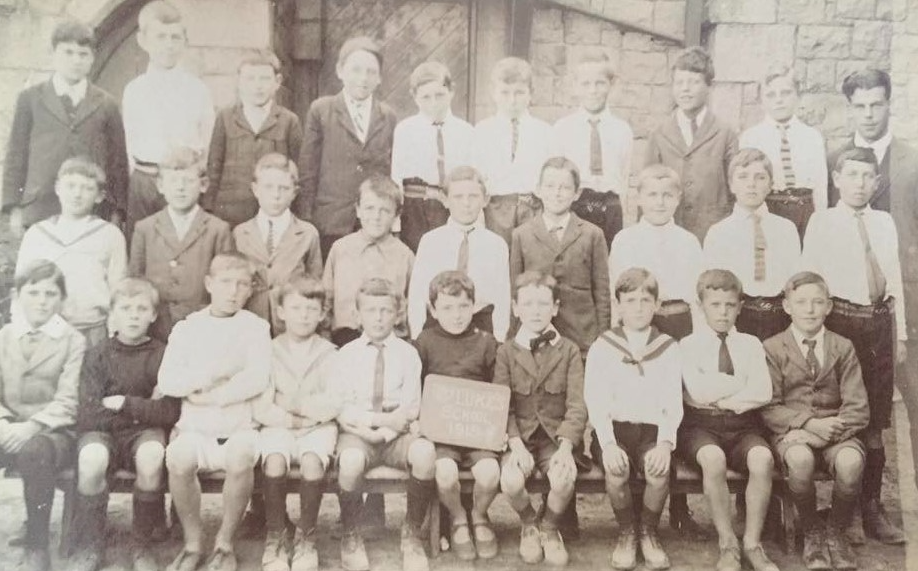
1920s: Illness and overcrowding
In 1907 the school was forced to close for two months due to measles. In 1920 a diphtheria outbreak caused an even longer closure that lasted ten weeks. During this time, the school’s drainage system was replaced, and when pupils returned in 1921, only limited areas of the building were usable.
Overcrowding was also a concern. In October 1922, log book records show that although the school was certified for 234 students, at that time there were 242, with an additional 30 due to be admitted the following month.
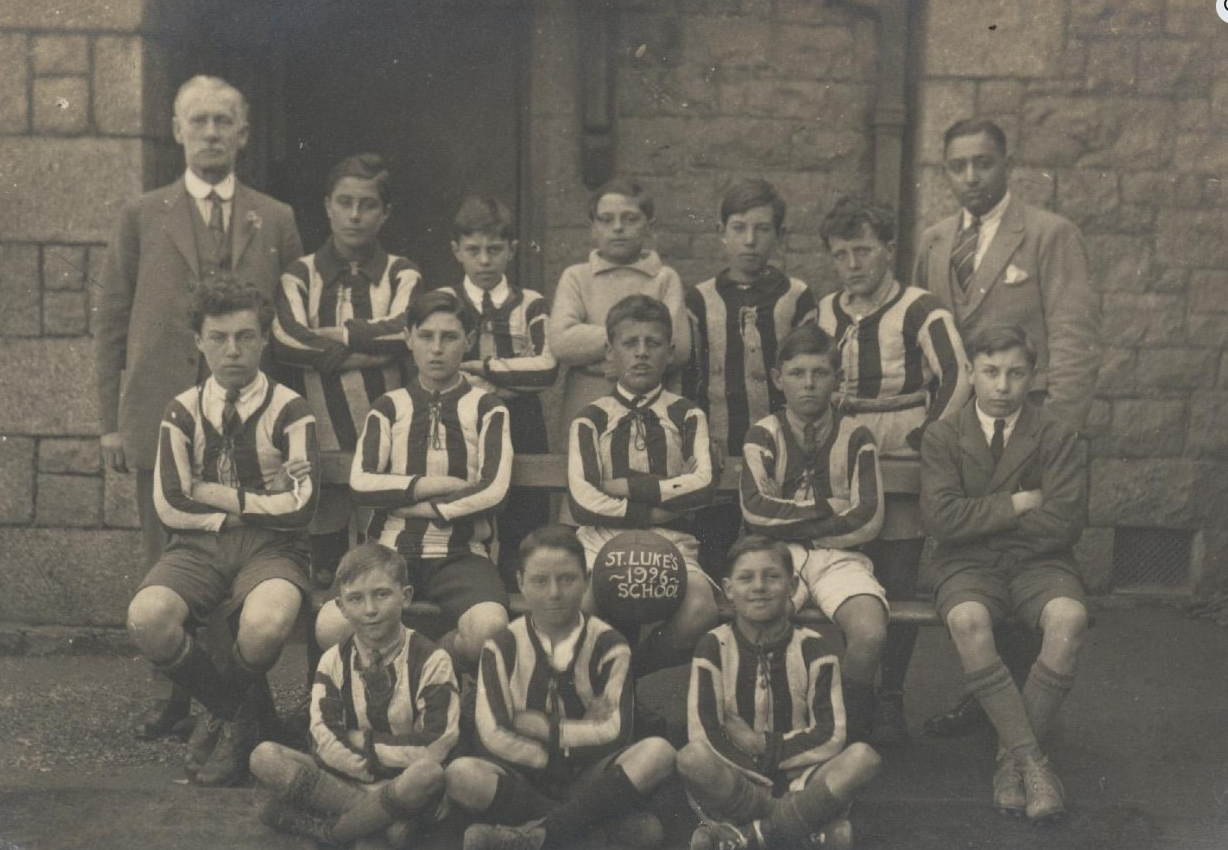
Occupation and postwar years
During the Occupation, the teaching of German impacted students and teachers across Jersey’s schools. Former pupils at St Luke’s have recalled school life during this tumultuous period: Duff McDermott remembers being nine when he had to start learning German.
Duff also remembered that once a month or so, there would be a commandant who would come into the classrooms to test the children’s knowledge of German.
After the war, wooden huts were erected to serve as ‘temporary’ classrooms, however these continue to have been used into the 1960s. As was the case for many of the Island’s schools, the postwar period was very much one of transition for St Luke’s, however time was still found for fun activities such as pancake tossing.
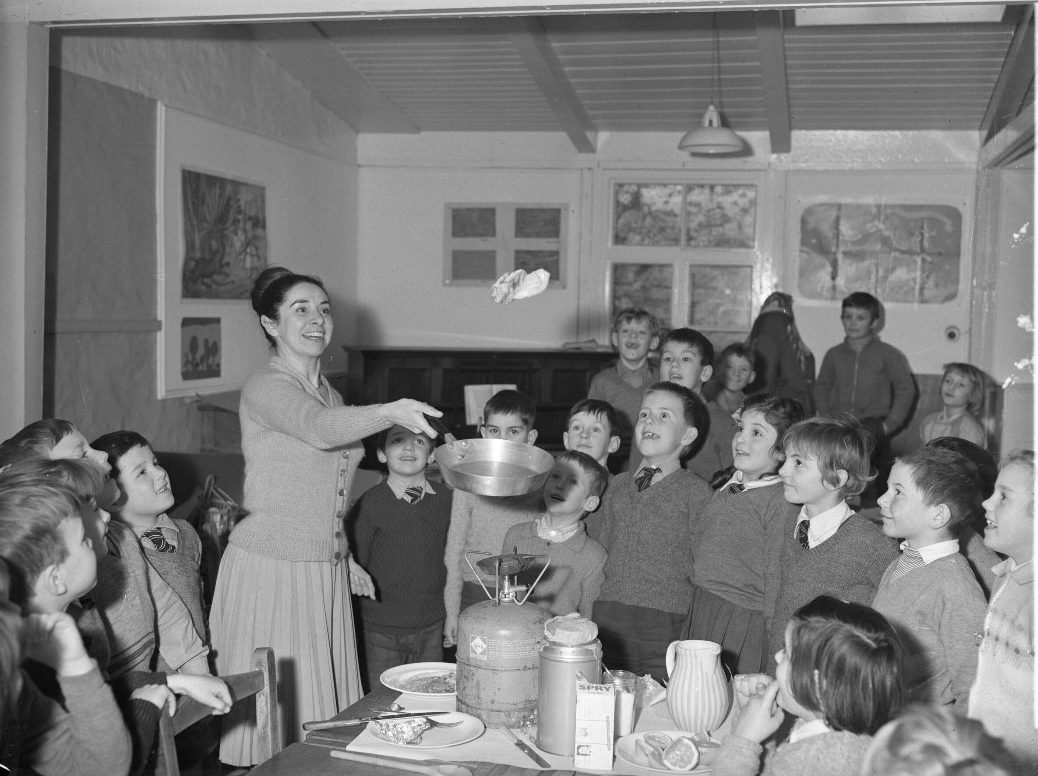
Photography class
While the postwar years were a time of transition, it was also a period of innovation, marked by creative initiatives like a photography class led by headmaster and keen photographer J H Clark.
The children, aged 9 to 11, used everything from box cameras to 35mm models and developed their images in the school kitchen, converted into a darkroom. Francine Miller recalls taking portraits of fellow classmates and family members which she kept in a scrapbook.
Other photos from the photography project include a trip to the Zoo, and of a school play, The Unhappy Princess, performed in winter 1961, in which Francine played the lead role.
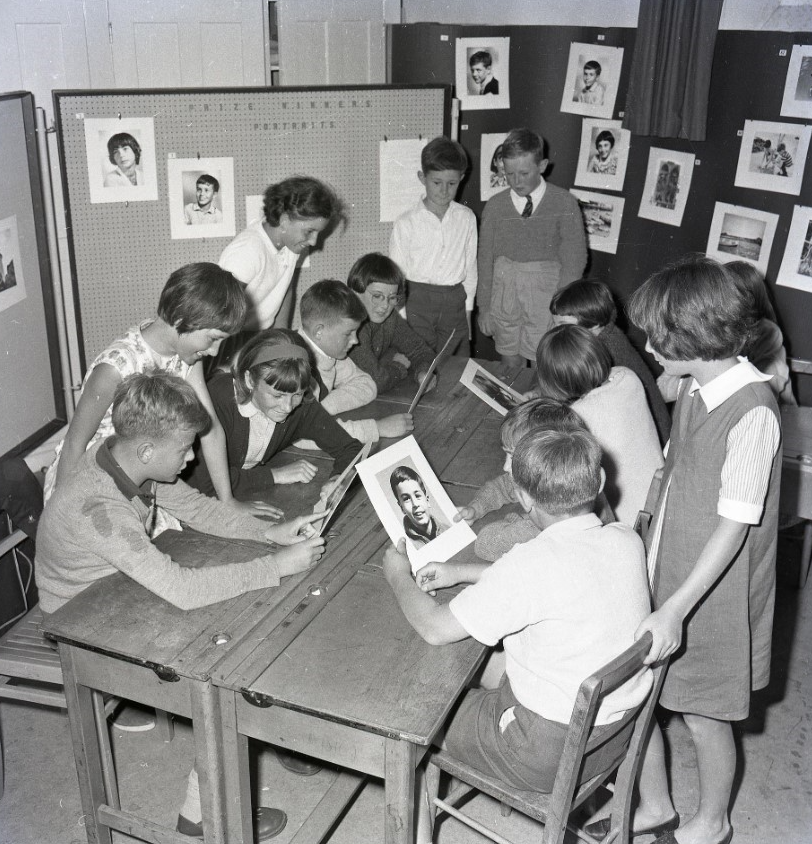

The 1970s and 1980s: a new era
In 1972, a nearby property, Mandalay, was purchased and the land was used to expand and refurbish the school. During this refurbishment, a new floor was created allowing for more new classrooms to be built.
In 1983, Lady Whiteley, wife of the Lieutenant Governor, unveiled a plaque marking this fresh chapter. That same year, St Luke’s formally amalgamated with nearby St James’s School, strengthening its position and securing its future as a primary school. This period was one of optimism and investment, reflecting a renewed belief in the school’s role and purpose.
